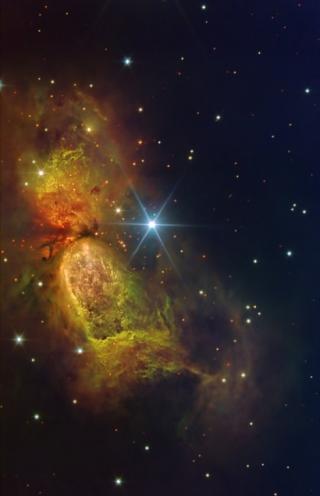ENTREVISTAS Entrevistas en vídeo (web Congreso GTC) Entrevistas en vídeo (canal Congreso GTC en Youtube) Entrevistas en vídeo (canal Congreso GTC en Dailymotion) IMÁGENES Imágenes Astronómicas de GTC (web GTC) Imágenes de las instalaciones del GTC (web BIA) Imágenes de las instalaciones del GTC (Flickr)
Advertised on

